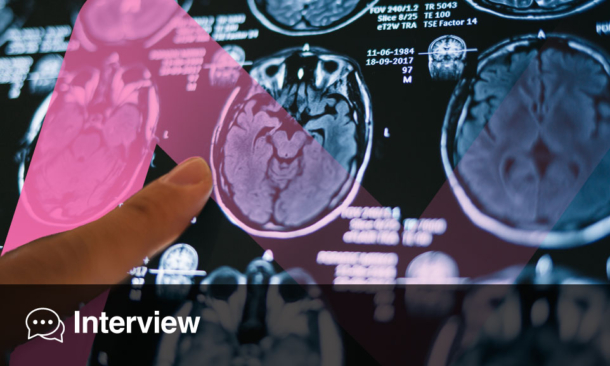COPING behaviors that temporarily alleviate the distressing sensations of oral cenesthopathy are linked to paradoxical changes in brain perfusion, according to new neuroimaging research. The study provides fresh insights into the neural mechanisms underlying this poorly understood condition, which is characterized by abnormal oral sensations in the absence of detectable physiological causes.
Seven patients with oral cenesthopathy underwent single photon emission computed tomography (SPECT) scanning to measure regional cerebral blood flow (rCBF). Each participant was imaged twice, once in a steady state of discomfort and again after engaging in self-reported coping behaviors that reduced their symptoms.
At baseline, the imaging revealed a predominance of right-sided rCBF across multiple brain regions, including the temporal lobe, although the asymmetry was not statistically significant. Following coping behaviors, however, the asymmetry became amplified and reached significance in several key areas. These included the fusiform, lingual, and parahippocampal gyri, regions commonly associated with visual processing functions.
The findings were unexpected, as alleviation of symptoms might typically be assumed to normalize neural asymmetries. Instead, the data suggest that patients’ coping behaviors may heighten right-sided activity, particularly in regions beyond the somatosensory system. This could reflect adaptive processes in higher-order visual networks as patients attempt to reinterpret or manage abnormal oral sensations.
The results highlight a complex interplay between symptom perception, coping mechanisms, and brain perfusion in oral cenesthopathy. While limited by its small sample size, the study underscores the importance of considering neural adaptation when assessing treatment strategies for functional somatic symptoms.
Reference: Umezaki Y et al. Alleviation of symptoms and paradoxical brain perfusion shift in oral cenesthopathy: A retrospective neuroimaging study. Front Psychiatry. 2025;16:1653444.







